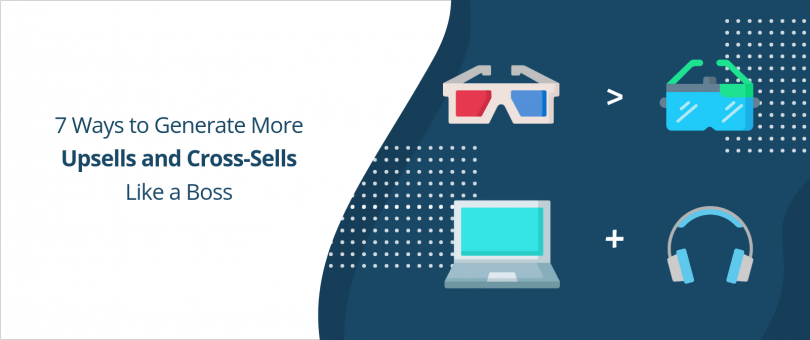If you’ve been in the e-commerce business for a while, you should know that getting traffic is only the beginning.
To make sure your marketing efforts translate to profitable results, you need to plot out the user journey and build an experience that will push them closer and closer into making a purchase. Once you come up with a formula that works, the next order of business is to maximize the value you get from those customers.
This can be done in many ways, such as asking them to subscribe to your newsletter, encouraging them to share your brand on social media, and using the interaction as an opportunity to upsell or cross-sell.
What Are Upselling and Cross-Selling?
In simple terms, upselling is the practice of persuading customers to spend more money by purchasing an “upgraded” version of what they initially wanted to purchase. Cross-selling, on the other hand, is the practice of offering customers related products or add-ons — allowing you to make the most out of a single transaction.
Regardless of your niche, you need to include upselling and cross-selling in your arsenal if you want sustainable growth.
In this post, we will show you six proven methods to generate more of these transactions.
Let’s just jump into it.
7 Smart Upselling and Cross-Selling Techniques
1. Display Related Products Smartly
The first rule of upselling and cross-selling is to make sure the other relevant products are visible.
It may sound simple, but it’s actually very easy to go overboard when displaying these products.
A rule of thumb is to make sure none of the related products would disrupt the customer’s experience.
One strategy is to display a pop-up that gently provides customers with recommendations along with their desired purchase. This can be easily configured with e-commerce plugins like Smart Upsells for Shopify or WooCommerce One Click Upsell for WordPress.
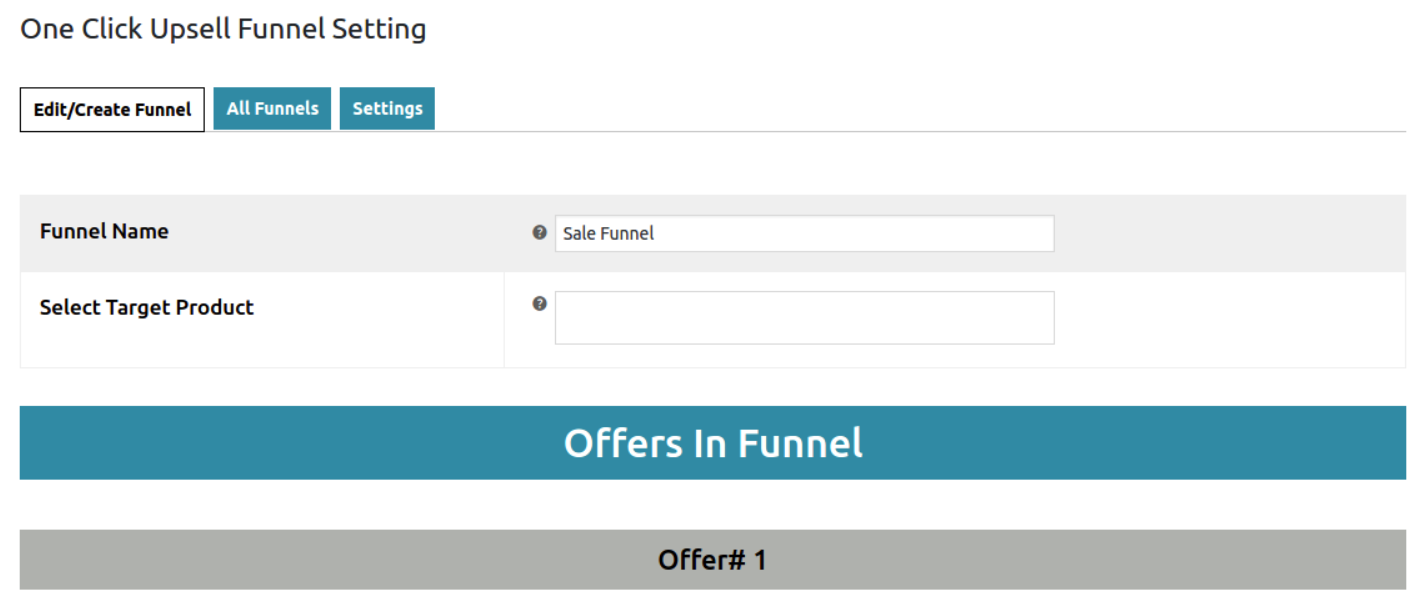
It’s also important to only pitch products that you’re absolutely certain will address their pain points. If you know your product range well, you should be able to identify which products make the most sense to be bundled together.
2. Use Email Automation
Another way to present cross-selling and upselling offers in a non-intrusive manner is to automate an email right after the customer actually completes a purchase.
Most modern email marketing tools allow you to set up an automation workflow that triggers after a sale has been made. MailChimp, for example, is a free tool that features a ready-to-use automation template for this.
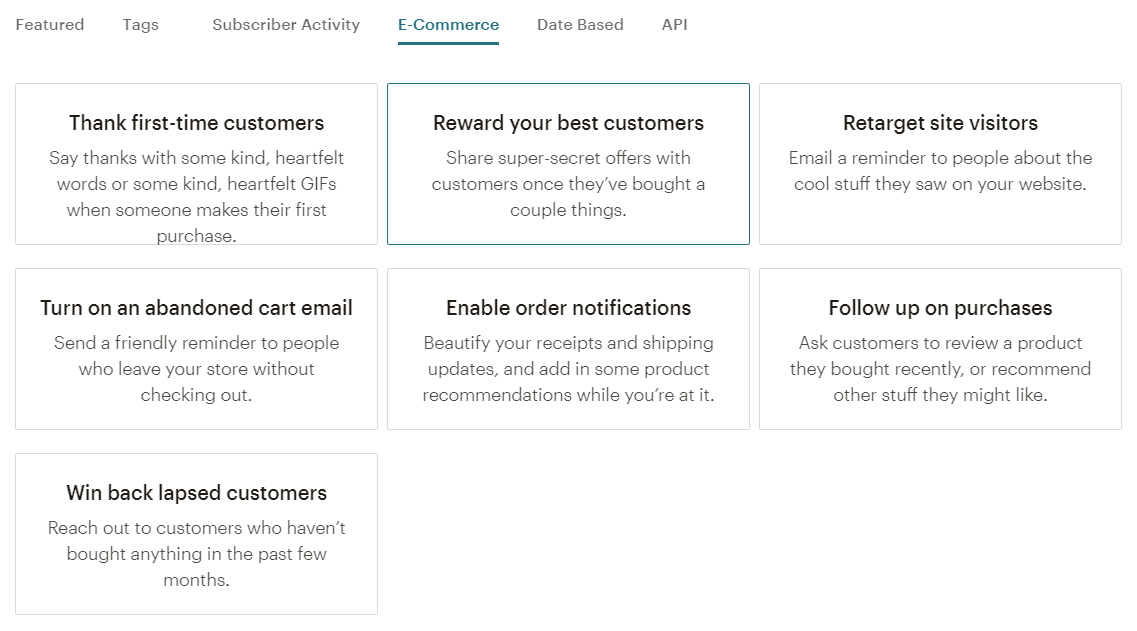
Aside from follow-up emails, the other automation templates you can use for your upselling and cross-selling are timed emails for lapsed customers, shopping cart abandoners, and site visitors.
You can even use pre-made layouts and themes to design a professional-looking email within minutes.
Apart from related products you can upsell or cross-sell, consider throwing in special discounts or coupons to further motivate customers to take action. Not only will it help boost your sales, but it’s also a great way to build customer loyalty.
3. Leverage Social Proof
Speaking of customer loyalty, nothing else comes close to social proof when it comes to winning your audience’s trust.
Social proof comes in many forms, such as customer reviews, social media mentions, the number of Facebook likes, and so on. You just need to deploy a strategy that can stimulate their generation — usually by incentivizing the process for your customers.
An example is to run a hashtag contest that requires customers to post a photo with your product in exchange for a chance to win something valuable. For this, you can either use a tool like Wishpond or execute the mechanics of the contest yourself.
It shouldn’t be hard since you only need to do a quick hashtag search to choose winners.
Although leveraging social proof may not directly lead to more upsells or cross-sells, it’ll definitely help build buyer confidence.
Lastly, if your e-commerce brand has been around for a while, there’s a good chance your past customers have already uploaded user-generated content about your brand.
Ideally, they may have tagged your account or used a branded hashtag from the get-go. If not, you may have to dig a little deeper with a tool like Sprout Social to find them.
Sprout Social is a comprehensive social media management tool that lets you streamline your marketing tasks, add posts to a publishing schedule, and tune into conversations across the social media sphere using keywords. You can also effortlessly scoop up posts that mention your brand via discovery suggestions.
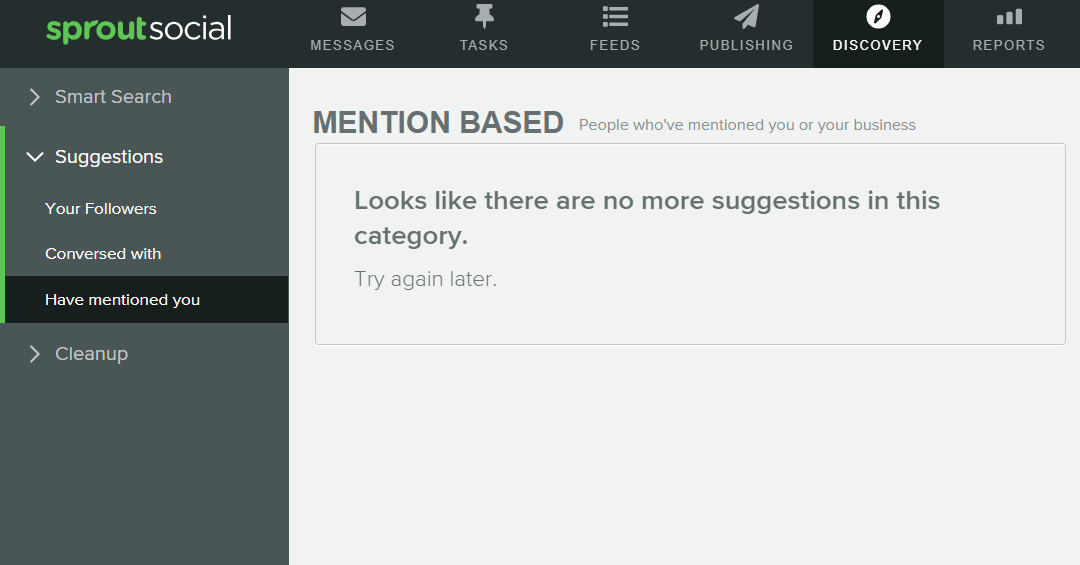
4. Improve Your Loading Speed
Your website’s loading speed is an essential aspect of the user experience.
Remember, around half of the online shoppers would only stick around for three seconds tops before they get impatient and look elsewhere. That’s a huge chunk of your potential customers gone before they even get to see your products.
The good news is, optimizing your website’s performance isn’t rocket science.
You can use a tool like PageSpeed Insights to automatically evaluate your website’s loading speed and detect bottlenecks that cause slowdowns. Simply enter your website’s URL, wait for the tool to finish its assessment, and look at the optimization suggestions found at the bottom of the page.
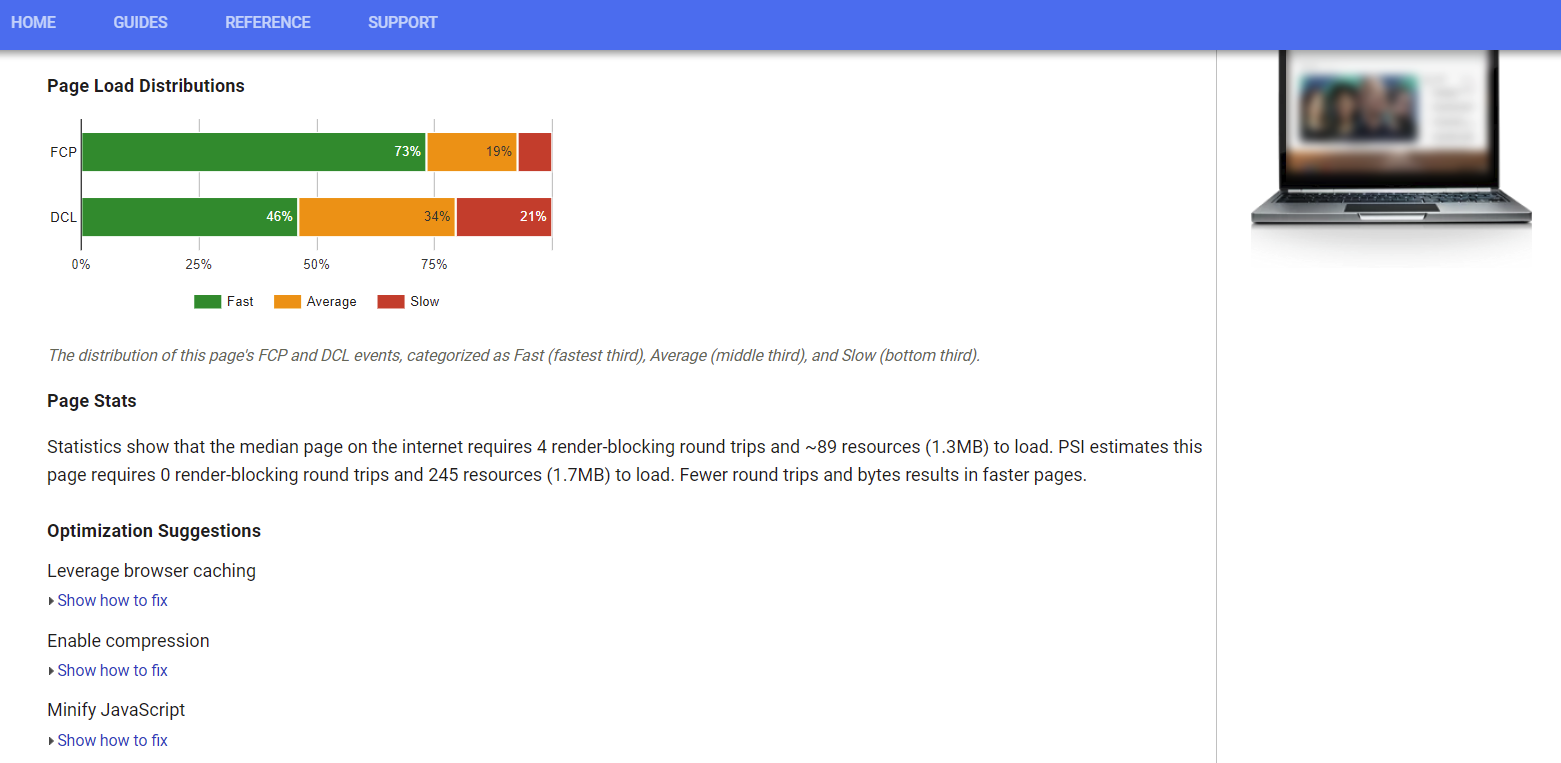
5. Get More Hands on Deck
Be it an e-commerce marketing specialist, virtual assistant, or web developer — you can always find the talent you need from a burgeoning freelancing economy.
Sure, you can commit to learning every branch of the e-commerce, digital marketing, and online sales industries. But on a competitive level, getting extra manpower is always a more cost-effective option.
When it comes to upselling and cross-selling, some of the specific types of freelancers that can help you are:
- Digital marketing specialists
- Customer service agents
- Email marketing specialists
- UX designers
- Sales specialists
The freelancers you hire should depend on your budget and the specific objectives of your business. Just be sure to choose individuals who can provide you with an updated portfolio, have excellent communication skills, and can show you testimonials from previous clients to manage the risks of outsourcing.
6. Understand What Your Audience Wants
Determining which products to recommend customers isn’t always easy.
It usually takes an elaborate customer relationship management or CRM software to track their activities on your website and profile their needs, wants, and preferences. You can also be a step ahead by crafting a user experience that’s tailored to the keywords they use in search engines.
Keep in mind that different people use search engines for different reasons. Some do it purely for research purposes, while others are on a hunt for products that can solve their problems — ready to make a purchase.
If you want customers with commercial intent to discover your product pages, perform keyword research and specifically target keywords with commercial-based terms, like “buy,” “price,” or “for sale.” In which case, it might be a better idea to get straight to the point and optimize a page to highlight your value propositions.
If, however, a potential customer uses a broader or more research-oriented keyword, such as “how-tos” and “top lists,” you can then provide them with blog posts that could lead them to multiple product pages or categories through internal links, sidebar menus, and pop-ups.
7. Set and Track KPIs
In any marketing campaign, you should never have room for guesswork.
You need to let data guide your decision-making and track Key Performance Indicators or KPIs to measure growth.
First off, take note that tangible KPIs are different from vanity metrics, which can easily be boosted or even manipulated for a false sense of accomplishment.
The number of page views on your website is a classic example of a vanity metric. Not only can it be inflated with a PPC or social media promotion campaign, but it also doesn’t always lead to increased sales.
A KPI, on the other hand, can be the number of pages users view in a single session, which is indicative of a well laid-out page navigation options or internal linking within your product pages — thus, makes it a useful metric to track if your goal is to get more upsells.
Google Analytics is one of the best tools to use in tracking your e-commerce conversion goals. You just need to configure your goals based on actions, such as arriving at a “thank you” page, viewing over five product pages, spending more than a certain amount of time on your site, and so on.
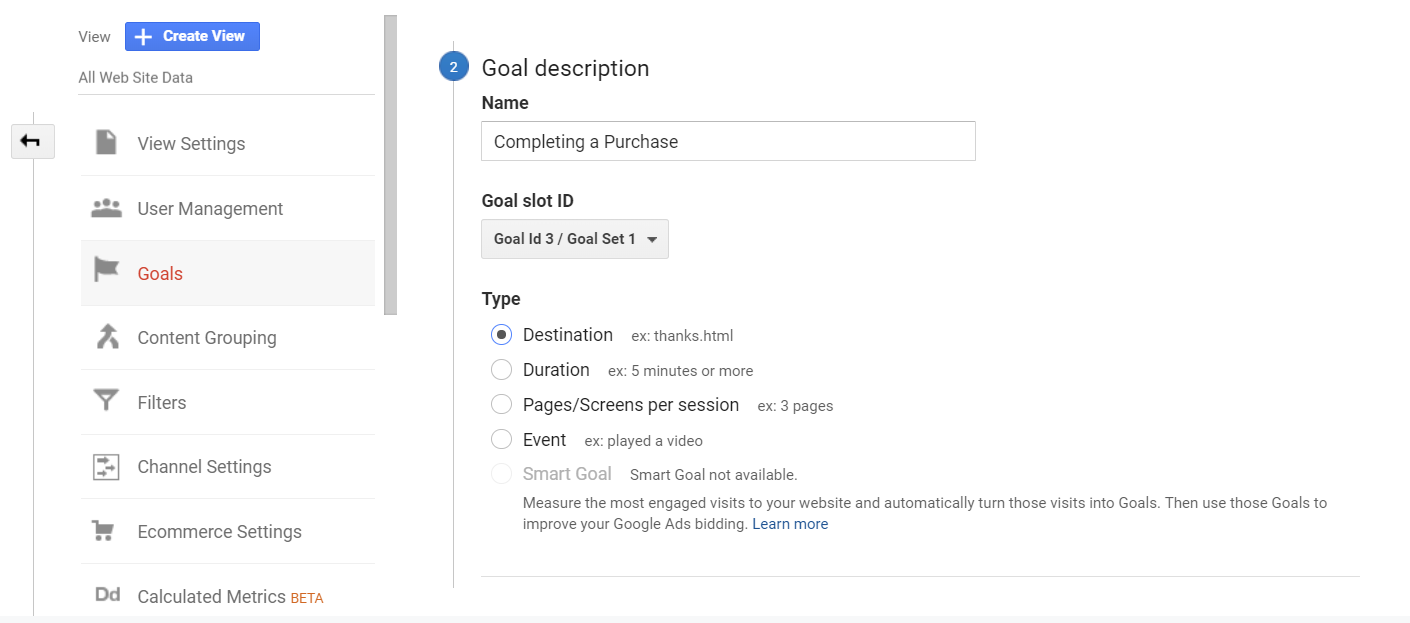
With analytics at your disposal, you should be able to determine which of your strategies work, what don’t, and what needs further optimization.
Another way to use Google Analytics is to identify pages that bottleneck your conversion process. These could be a registration form or any page that accounts for users leaving or “drop offs.”
This can be monitored on the “Behavior Flow” view from the Google Analytics dashboard.
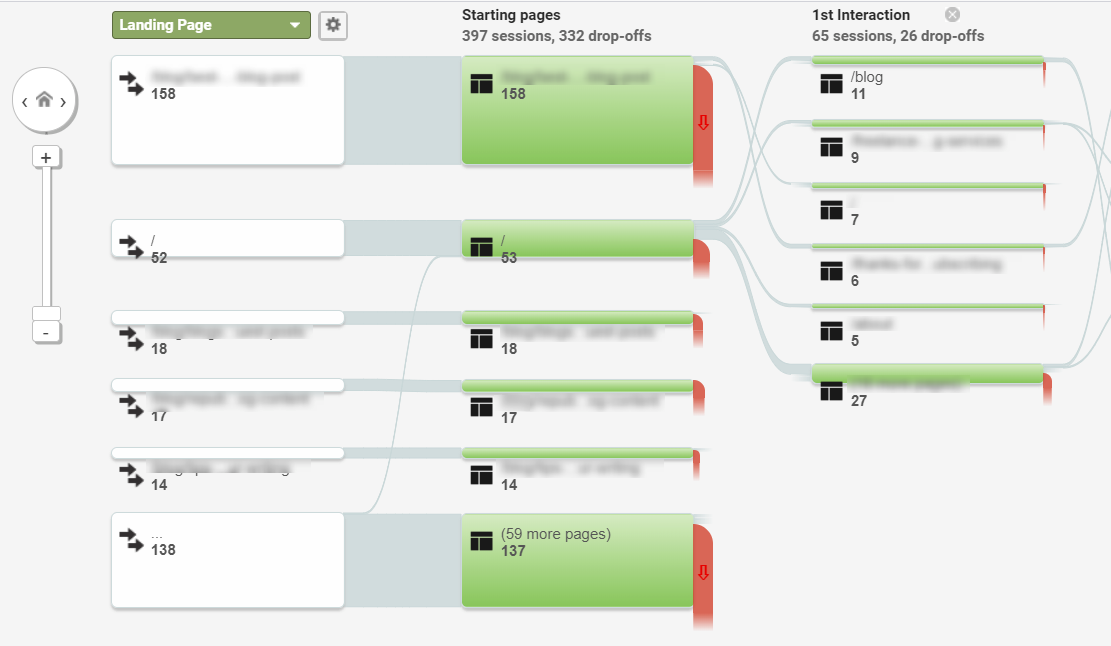
Conclusion
In e-commerce, you shouldn’t hesitate to unload every trick in the book to generate more sales.
The strategies above should help you with upselling, cross-selling, and more. It probably won’t result in overnight success, but if you take one step at a time, you should begin to see tangible results in no time.
If you have other suggestions, questions, or thoughts regarding the tips above, don’t hesitate to leave a comment below. Good luck!
